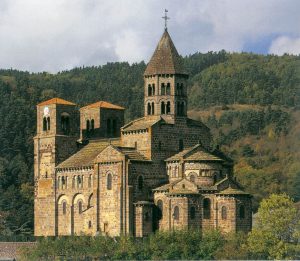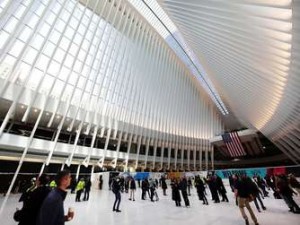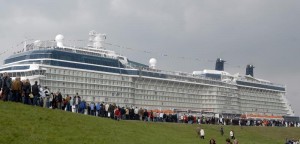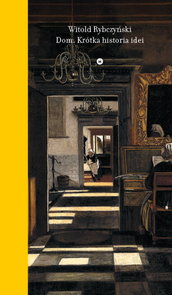SUNDAY ARCHITECTURE
 I recently watched an interesting lecture on YouTube delivered by Dietmar Eberle at the 2013 World Architecture Festival in Singapore. Eberle is the principal of the Austrian architectural firm Baumschlager Eberle. During his talk he referred metaphorically to Weekday Architecture and Sunday Architecture. The former are the places where we spend most of our lives, the places where we live, work, and shop. The latter, by contrast, are the special buildings that we use on weekends: museums, concert halls, casinos, and of course places of worship. In the past, “Architecture” was synonymous with Sunday Architecture,
I recently watched an interesting lecture on YouTube delivered by Dietmar Eberle at the 2013 World Architecture Festival in Singapore. Eberle is the principal of the Austrian architectural firm Baumschlager Eberle. During his talk he referred metaphorically to Weekday Architecture and Sunday Architecture. The former are the places where we spend most of our lives, the places where we live, work, and shop. The latter, by contrast, are the special buildings that we use on weekends: museums, concert halls, casinos, and of course places of worship. In the past, “Architecture” was synonymous with Sunday Architecture,

 The newly completed Oculus in Manhattan is not just misnamed (an oculus is a round opening, not a slit) it is misconceived. It is not a question of design, or execution, or cost, but rather of the entire concept. Does a daily commute really require this level of architectural rhetoric? Even if this were a substitute for Penn Station, it would be a dubious proposition. It made sense for our forbears to celebrate long distance train travel, when railroad terminals really were the “gateways to the city.” Today, that is no longer the case. Even air travel has become a mundane,
The newly completed Oculus in Manhattan is not just misnamed (an oculus is a round opening, not a slit) it is misconceived. It is not a question of design, or execution, or cost, but rather of the entire concept. Does a daily commute really require this level of architectural rhetoric? Even if this were a substitute for Penn Station, it would be a dubious proposition. It made sense for our forbears to celebrate long distance train travel, when railroad terminals really were the “gateways to the city.” Today, that is no longer the case. Even air travel has become a mundane,
